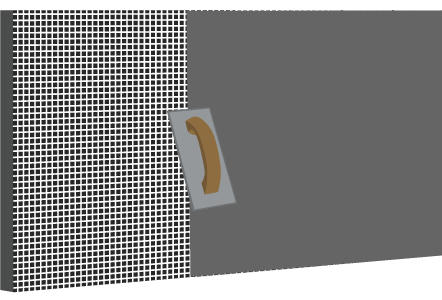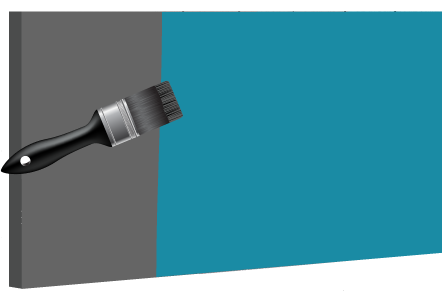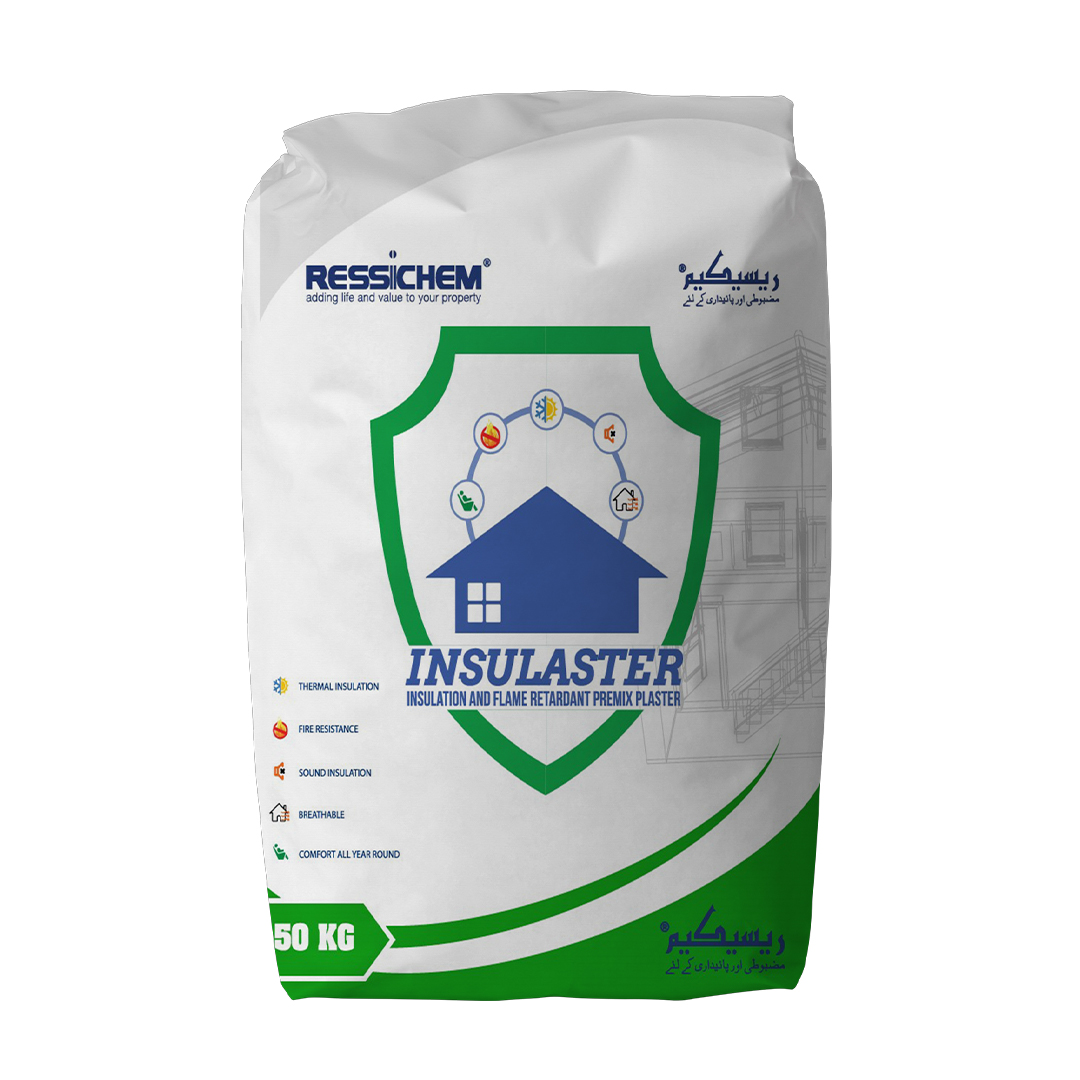Wall Insulation System Using Insulation Plaster
Summary of application
Step 1: Application of Insulaster over masonry and concrete surface.
Step 2: Application of EPS sheet over surface of Insulaster with the use of Ressi Insufix 200.
Step 3: Application of fiber glass mesh over the EPS Board using Ressi Insufix 200.
Step 4: Finishing the surface.
Detailed description
Insulation is the most effective way to improve the energy efficiency of a home, commercial or an industrial space. Insulation of the building envelope helps keep heat in during the winter, but also lets’ heat out and cooling inside the structure during summer. If a structure is properly insulated it can easily save up to 60 ~ 70% in heating and cooling costs after installation.
An un-insulated structure is subject to considerable winter heat losses and summer heat gains. Ressichem has a variety of products that can use used for the insulation of a roof. The following system describes a Wall insulation system comprising of Insulaster an insulation base plaster designed to be applied over the Masonry and concrete surfaces.
Step 1: Application of Insulaster over masonry and surface
It is recommended to use Insulaster (lightweight Insulation plaster) over the surface of masonry and concrete to make it levelled. It should be ensured that a minimum thickness of 0.5 inches should be maintained. Once the surface of Insulaster has been levelled, subsequent application of EPS sheets can be done over it. For further information on the product please refer to its technical data sheet.
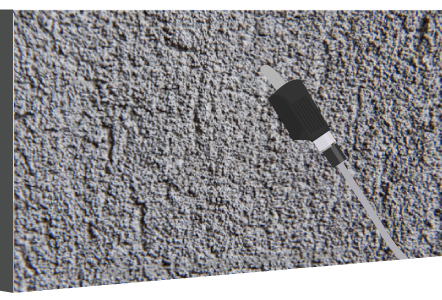
Step 2: Application of EPS sheet over Insulaster surface with the use of Ressi Insufix 200
Once the base plaster has been properly applied and cured, EPS sheets are to be applied using a compatible adhesive of Ressi Insufix 200. It is essential to lay the mortar of Ressi Insufix 200 at a thickness of minimum 8mm in a notched trowel formation and place the EPS over the wet mortar. For further mixing guidelines, and application techniques, please refer to the product technical data sheet. It is essential to make sure that the EPS sheet is properly pressed over the mortar not leaving any hollow space for air. The recommended minimum thickness of the EPS sheet should be at least 2 inches and should have a minimum density of 32 KG / m3. It is also highly recommended to use a flame-retardant EPS sheet. There should not be very wide gaps between the EPS sheets, the sheets should be placed as close of each other as possible.
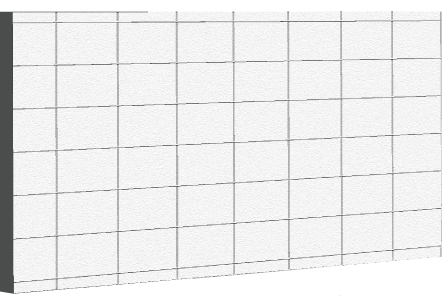
Step 3: Application of fiber glass mesh over the EPS Board using Ressi Insufix 200
Once the EPS sheets are properly applied over the Insulaster surface, a Fiber glass mesh is applied over the EPS sheet using Ressi Insufix 200. It is recommended to completely overlap the mortar of Ressi Insufix 200 over the Fiber Glass mesh so that both mesh and EPS board are covered with the mortar. It is recommended to lay the Insufix mortar to at least 2mm over the fiberglass mesh surface.
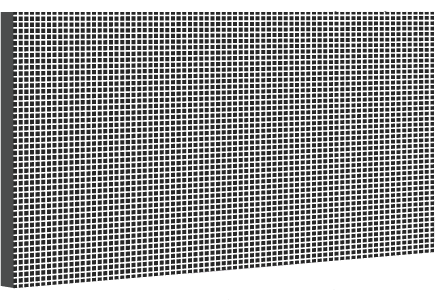
Step 4: Finishing of the surface.
The ideal recommended finishing material to be used with this system is Ressi PlastoRend 110 (Pigmented decorative plaster) protected with Silblock (Water Repellent Sealer). Please refer to the application guide for decorative plasters for further information. In case there is a requirement of finishes like paints etc., Paint Guard 10,000 C can also be applied over the EPS surface treated with fiberglass mesh and Ressi Insufix 200. Other finishes like stones, marble, granite and other texture coatings and treatments can also be used for the finishing of the EIFS system. Ressichem has a variety of materials for such finishing applications as well.
